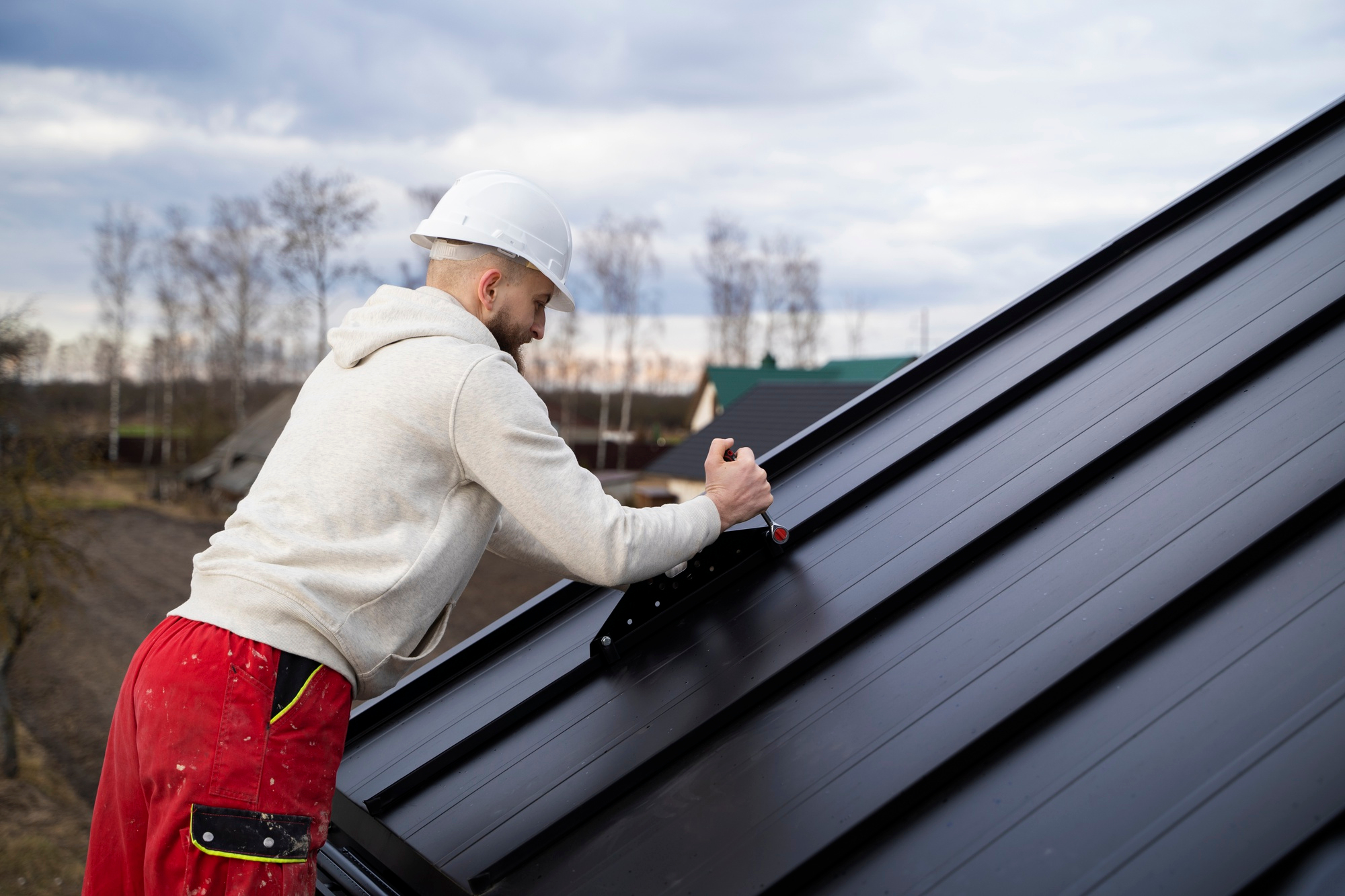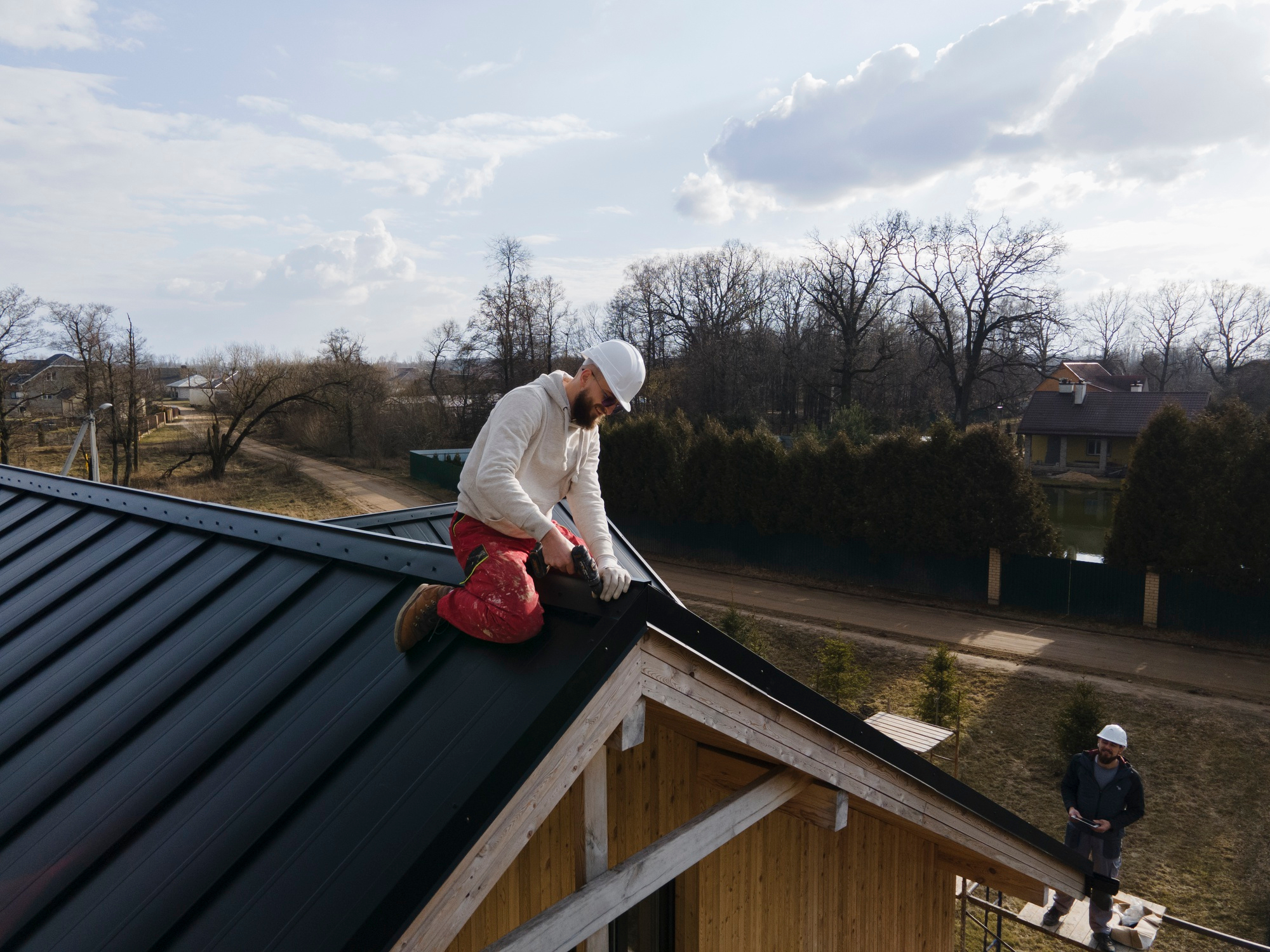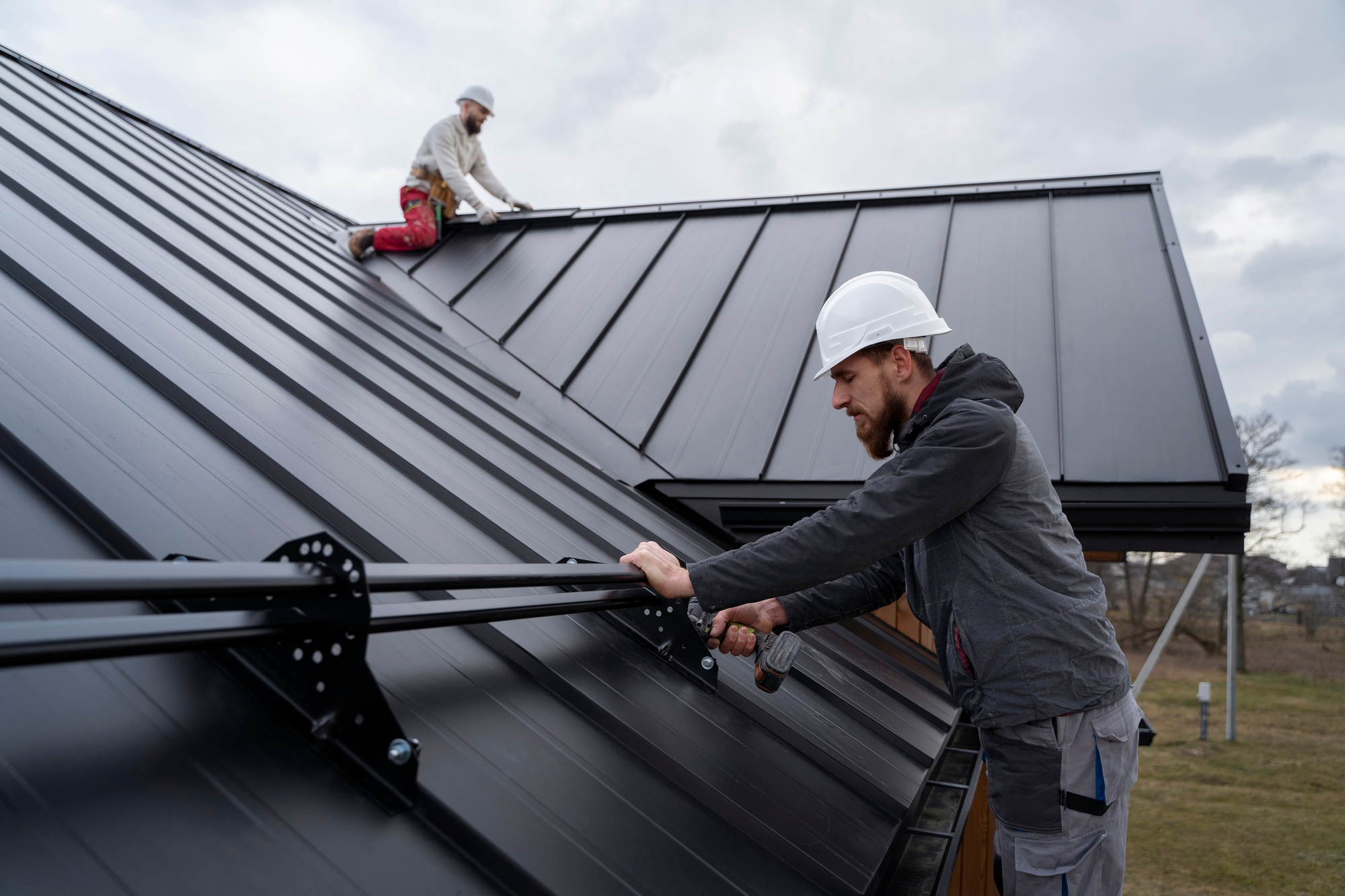When we say “shingle job,” it might sound simple. But in Heber-Overgaard, it rarely is. From steep-pitched roofs to unexpected weather delays, shingle installs in this area can challenge even our most experienced crews.
So, what can we do to make those jobs smoother, safer, and smarter? This post brings together real insights and shared takeaways from past installs handled by our shingle roofing company in Heber-Overgaard and highlights what our shingle roofing installers Heber Overgaard can keep in mind moving forward.
Understanding the Lay of the Land
Heber-Overgaard sits at elevation, which means conditions are cooler and can turn unexpectedly, especially during spring and fall. Roofs here often feature steep pitches to handle snow, and many homes have aged wood decking underneath that requires inspection before any new shingles are installed.
We’ve also found that older homes in the area may not meet modern ventilation standards, which can create long-term issues if left unaddressed. Our install crews should flag this in the assessment phase. It’s always better to explain that new shingles are being installed over proper ventilation, not just for the sake of appearance, but also for long-term performance.
Field Scenario: A Typical Heber-Overgaard Challenge
Picture a roof with multiple layers of aged shingles, installed over patchy decking. It's not uncommon in Heber-Overgaard, where older homes often have had more than one reroof over the decades. Add in snow exposure and minimal attic ventilation, and you've got the kind of job that requires extra care right from the start.
In this scenario, crews should expect decking repairs, potential signs of mold in the attic, and a need for improved airflow. Setting realistic expectations with the client upfront, including the chance of uncovering structural issues, can reduce tension mid-project. Building in one buffer day for unplanned repairs can make the difference between a rushed finish and a job done right.
Crew Corner: Smart Prep Moves That Save Time
While every roof is different, some universal habits help make shingle installs smoother, especially in elevated areas like Heber-Overgaard:
- Assess the structure from a distance. Viewing the roofline from the ground helps identify dips, uneven ridges, or structural sag that might not be obvious from up close.
- Run a fastener test. Before starting widespread nailing, adjust the air pressure and test the nail depth in a few decking spots. Some roof decks absorb fasteners differently, especially if there has been prior water damage.
- Evaluate attic ventilation early. Look for signs of moisture, rusted nails, or musty air. These indicators can suggest a need for upgraded venting along with the new shingles.
These best practices help reduce delays and ensure our crews work efficiently while still upholding the high standards All Custom Exteriors is known for.
What Clients Ask (and How We Can Answer Better)
Homeowners don’t always understand what shingles do beyond “keeping the rain out.” They may also not realize that our job begins with what’s under the shingles.
Here are three common questions our shingle roofing company Heber Overgaard hears, and the types of answers that help build trust:
“Why can’t we just patch the spot that’s leaking?”
We explain that surface fixes don’t solve what’s likely a wider issue underneath, and that localized patches often fail in snow and wind.
“Will the new roof look different?”
We walk them through material samples and demonstrate how architectural shingles enhance both curb appeal and function.
“What’s included in the quote?”
Our teams emphasize that we use proper underlayment, ice and water shields, and venting upgrades when needed (not just the basics).
It’s all about setting expectations early and explaining things in everyday language. The more informed a client feels, the less likely they are to panic during a project.
Safety Isn’t a Bonus: It’s the Job
Steep roofs, hidden rot, or overhanging trees are all part of the reality our shingle roofing installers Heber Overgaard face.
That’s why we push:
- Harness checks before every climb
- Using roof jacks and toe boards when slope demands it
- Keeping the jobsite clear of debris by staging cleanup throughout the day
There’s no shortcut worth a slip or injury. Keeping safety front and center helps us finish strong, reduce downtime, and send every crew member home in one piece.
Looking Ahead: Better Processes, Better Jobs
No two shingle jobs are the same. But the more we reflect, the more consistent we become.
Here’s what we’re doubling down on this season:
- Pre-job checklists for decking condition, slope, and ventilation
- Clear documentation, especially before we tear off old layers
- Mid-day recaps between the lead and crew to catch issues early
- End-of-day wrap-up photos for transparency and future reference
By standardizing these steps, our shingle roofing company Heber Overgaard stays one step ahead, even when the roof has surprises in store.
Final Word
Shingle installs might seem simple from the outside, but our crews know better. In Heber-Overgaard, a smart roofing job is one that’s well-prepped, well-executed, and well-communicated.
We don’t just show up with tools, we show up with experience. That’s what makes the difference between just getting it done and getting it done right.













.png)



.png)


.jpg)





.png)

